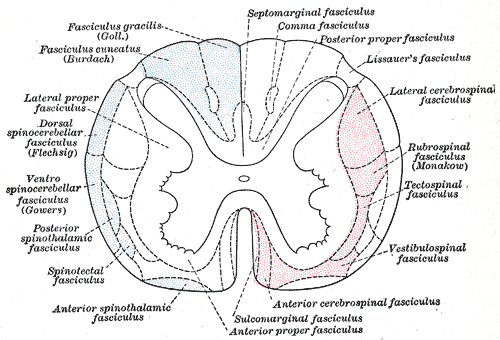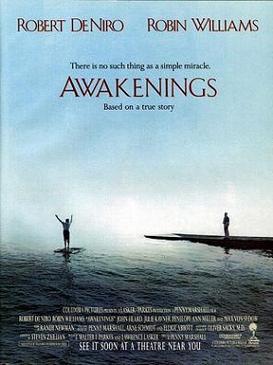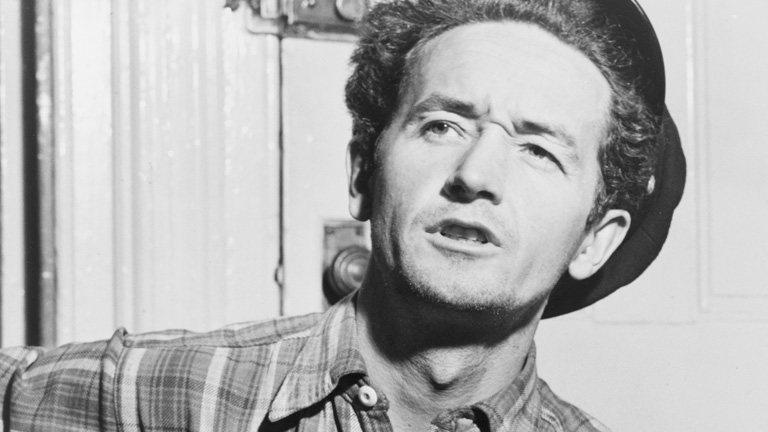2017-10-20 14:05:40
Prelude
Prelude
Today's Topics
- The neuroscience of action
Muscles are sensory organs, too!

Two muscle fiber types
Two muscle fiber types
- Intrafusal fibers
- Sense length/tension
- Contain muscle spindles linked to Ia afferents
- ennervated by gamma (\(\gamma\)) motor neurons
- Extrafusal fibers
- Generate force
- ennervated by alpha (\(\alpha\)) motor neurons
Monosynaptic stretch (myotatic) reflex
- Muscle stretched (length increases)
- Muscle spindle in intrafusal fiber activates
- Ia afferent sends signal to spinal cord
- Activates alpha (\(\alpha\)) motor neuron
- Muscle contracts, shortens length
Monosynaptic stetch (myotatic) reflex
- Gamma (\(\gamma\)) motor neuron fires to take up intrafusal fiber slack

Monosynaptic stretch (myotatic) reflex
Why doesn't antagonist muscle respond?
Why doesn't antagonist muscle respond?
- Polysynaptic inhibition of antagonist muscle
- Prevents/dampens tremor
Brain gets fast(est) sensory info from spindles
How the brain controls the muscles
- Pyramidal tracts
- Pyramidal cells (Cerebral Cortex Layer 5) in primary motor cortex (M1)
- Corticobulbar (cortex -> brainstem) tract
- Corticospinal (cortex -> spinal cord) tract
- Crossover (decussate) in medulla
- L side of brain ennervates R side of body
Corticospinal tract
How the brain controls the muscles
- Extrapyramidal system
- Tectospinal tract
- Vestibulospinal tract
- Reticulospinal tract
- Involuntary movements
- Posture, balance, arousal
Extrapyramidal system
This figure shows that the descending motor pathways in red on the right have their own spatial organization depending on where they originate in the brain.
Disorders
- Parkinson's
- Huntington's
The Faces of Parkinson's
Parkinson's
- Slow, absent movement, resting tremor
- Cognitive deficits, depression
- DA Neurons in substantia nigra degenerate
- Treatments
- DA agonists
- DA agonists linked to impulse control disorders in ~1/7 patients (Ramirez-Zamora et al. 2016)
- Levodopa (L-Dopa), DA precursor
Awakenings
Huntington's
Huntington's
- Formerly Huntington’s Chorea
- "Chorea" from Greek for "dance"
- “Dance-like” pattern of involuntary movements
- Cognitive decline
- Genetic + environmental influences
- Disturbance in striatum
- No effective treatment
Huntington's
Remember
- Control of movement determined by multiple sources
- Cerebral cortex + basal ganglia + cerebellum + spinal circuits
Multiple, parallel controllers
Cerebellum as predictor of future sensory states? (Ito 2008)
The Real Reason for Brains
What does motor cortex activity encode?
Dynamic systems perspective
- Dynamics of
- World events, \(\dot W\)
- Extero- and interoceptive sensory systems, \(\dot S\)
- Nervous system states, \(\dot N\)
- Muscle states, \(\dot M\)
- Body states, \(\dot B\)
- Effects of muscles on world, \(\dot W = f(\dot M)\)
Next time…
- Cognition
- Quiz 2 due
References
Ito, Masao. 2008. “Control of Mental Activities by Internal Models in the Cerebellum.” Nat. Rev. Neurosci. 9 (4): 304–13. doi:10.1038/nrn2332.
Ramirez-Zamora, Adolfo, Lucy Gee, James Boyd, and José Biller. 2016. “Treatment of Impulse Control Disorders in Parkinson’s Disease: Practical Considerations and Future Directions.” Expert Rev. Neurother. 16 (4): 389–99. doi:10.1586/14737175.2016.1158103.




